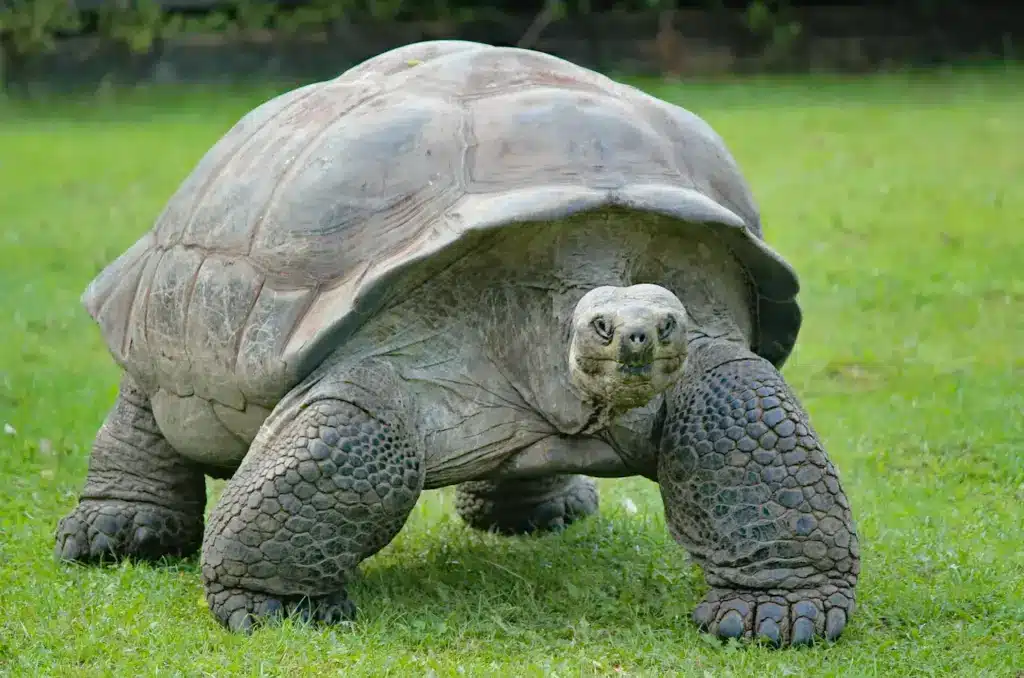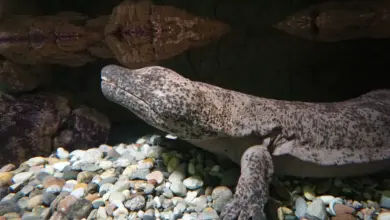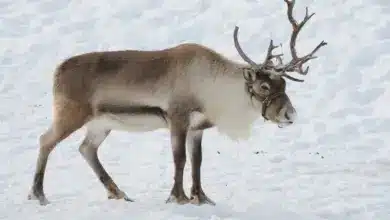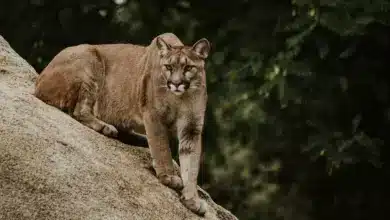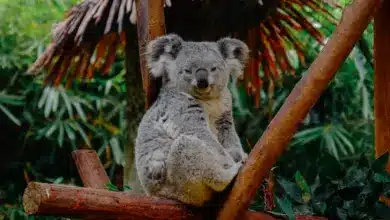Wildlife Endangered By The Spill
"Years, If Not Decades" Of Damage To Animals And Fish From The Gulf Disaster
The effects on North American wildlife of the ongoing oil leak in the Gulf of Mexico will likely be felt for years, if not for decades, the acting director of the US Fish and Wildlife Service (USFWS) said this week.
[ez-toc]
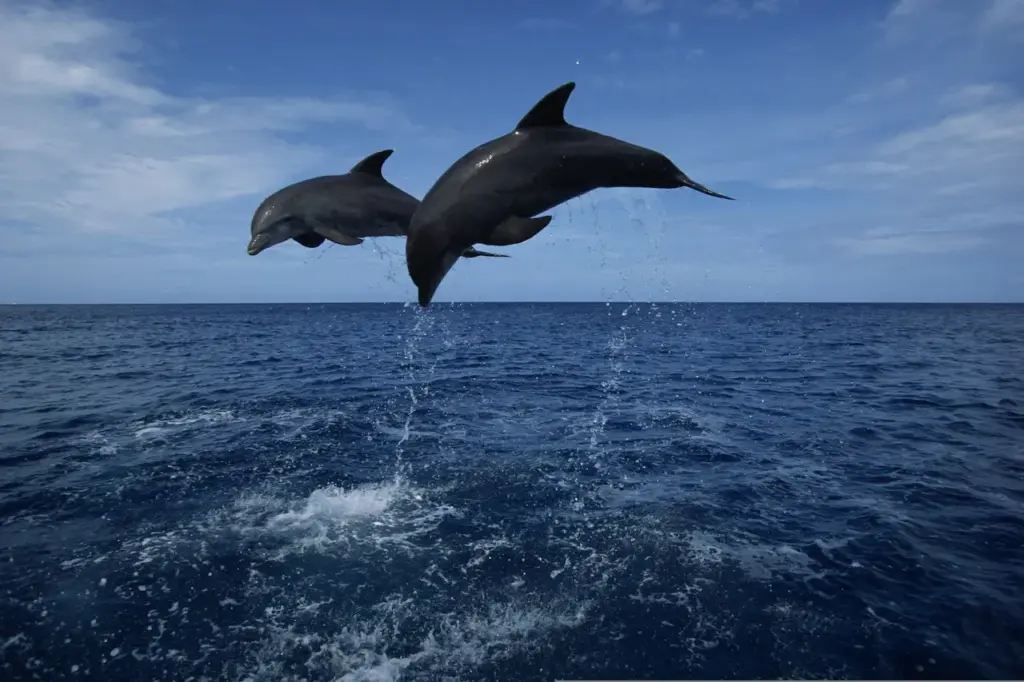
“The spill is significant, and in all likelihood will affect fish and wildlife resources in the Gulf—and across the North American continent, for years if not for decades to come,” said USFWS acting director Rowan Gould.
Effects are expected to reach far beyond the Gulf because many species of North American birds, sea turtles, marine mammals and fish that do not live in the Gulf year-round migrate through the region at different times of the year.
The leak, which began in April following an explosion at an offshore drilling platform, is already thought to be the largest oil spill in history, and officials have yet to find a way to stop it. Although damage to birds, turtles, sea mammals and other wildlife so far has not been severe, the situation may well become a catastrophe once the raw petroleum gushing from the ocean floor begins washing onto long expanses of Gulf Coast beaches and into such critical wildlife habitat as estuaries and marshes.
The visible toll on wildlife so far has amounted to a few birds, 12 bottlenose dolphins and over 150 sea turtles, mostly immature Kemp’s Ridley turtles.
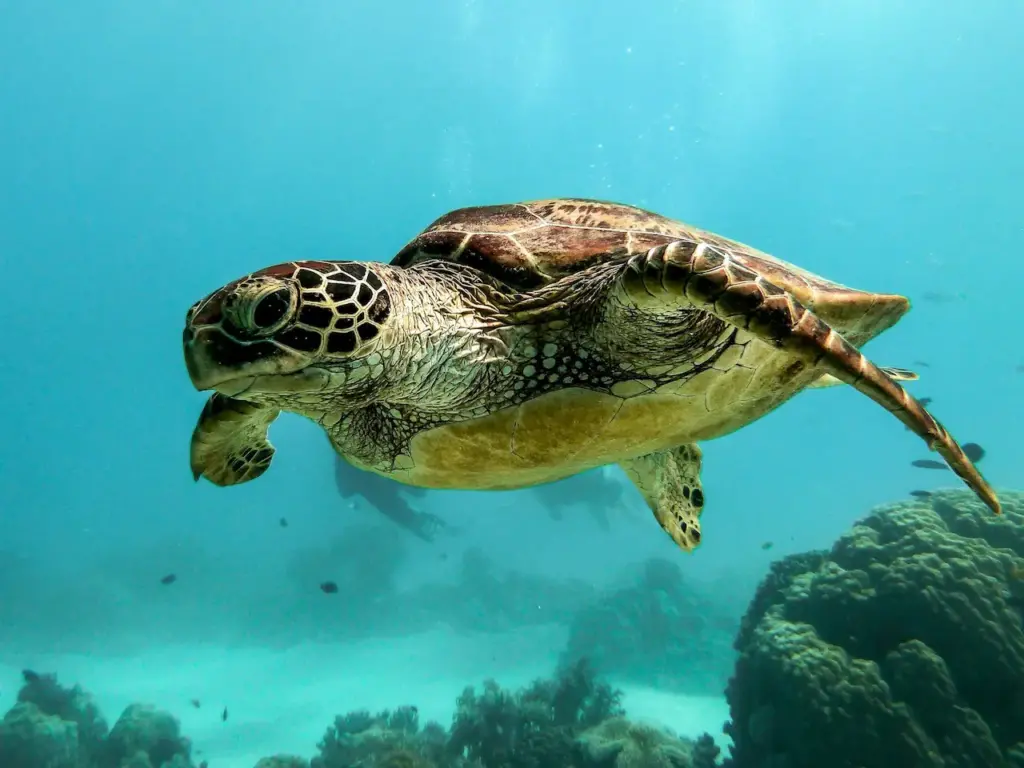
But several species of sea turtles including leather backs, loggerheads and Kemp’s Ridleys are in jeopardy from the spill, as are millions of seabirds that live either on or offshore of the Gulf, along with a variety of sea mammals, including manatees, dolphins and whales.
Officially Endangered or Threatened species likely to be affected by the spill include the West Indian manatee, whooping cranes, Mississippi sandhill cranes, wood storks and the sea turtles, all species of which are listed on the IUCN’s Red List of Threatened Species.
Whale species likely to feel the effects of the leak include sperm whales, Bryde’s whales and beaked whales.
According to USFWS, 25 national wildlife refuges that are home to countless seabirds and other animals are threatened by the growing oil slick. The three refuges that are currently most in danger from the oil are Breton, Bon Secour and Delta national wildlife refuges.
Oil kills seabirds by coating their feathers and rendering them unable to swim. The 1989 Exxon Valdez oil spill in Alaska is estimated to have killed half a million seabirds.
Other sea animals are sickened by the oil when they ingest it. In addition, when oiled sea turtles lay eggs, eggs that become covered in the oil often fail to hatch.
Oil spills smother shellfish and harm fin-fish by poisoning or suffocating their eggs and young.
Officials currently are setting up barriers in an attempt to keep oil out of many critical wildlife areas around the Gulf. In addition, wildlife officials and organizations have established a number of stations around the region where medical personel and volunteers will attempt to save birds and other wildlife that are harmed by the oil. Birds and animals that are brought to the stations will be cleaned of oil and then nursed back to health if possible.
